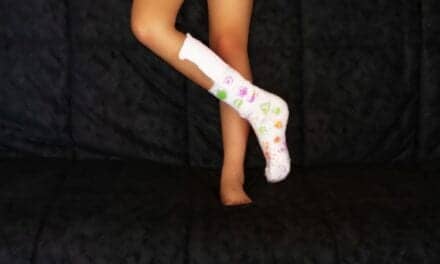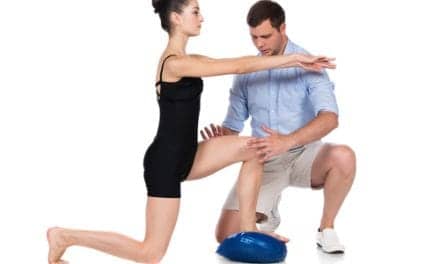The Team Physician Consensus Conference (TPCC), a project-based alliance of the American College of Sports Medicine (ACSM) and five other professional sports medicine organizations, has published new guidance to help team physicians effectively manage sports-related concussions in youth and athletes of all ages.
“Selected Issues in Sport-Related Concussion (SRC | Mild Traumatic Brain Injury) for the Team Physician: A Consensus Statement” was published recently online in the British Journal of Sports Medicine. It will also publish in the August 2021 issue of ACSM’s Current Sports Medicine Reports, ACSM notes in a media release.
“If you’ve seen one concussion, you’ve only seen one concussion. Each concussion is unique and needs a thorough history and physical examination.”
— Margot Putukian, MD, FACSM, one of the lead authors and an executive committee member of the TPCC alliance
Main Takeaways
The three primary takeaways for team physicians include:
- Sports-related concussions are treatable, and most athletes recover fully within two to four weeks. Symptom-directed management includes appropriate rest, introducing aerobic exercise, sleep hygiene, as well as proper nutrition and hydration.
- Prolonged, strict rest after sports-related concussions slows recovery. While an initial period of physical and relative cognitive rest is recommended, in most cases introducing medically supervised graded activity after two to three days aids recovery.
- Persisting symptoms need to be thoroughly evaluated and may require more comprehensive treatment. It is important to first make sure the brain injury has been diagnosed and treated correctly and then to assess for pre-existing, co-existing and/or resulting biopsychosocial factors that may be present and contribute to ongoing symptoms. A symptom-targeted treatment, which may involve a multi-disciplinary team, is often beneficial.
“Concussions are treatable and most resolve within a month. If your athlete has persisting symptoms, seek treatment. Don’t give up!”
— W. Ben Kibler, MD, FACSM, who is an orthopedic surgeon, team physician and another lead author of the paper
ACSM collaborated with the American Academy of Family Physicians, the American Academy of Orthopaedic Surgeons, the American Medical Society for Sports Medicine, the American Orthopaedic Society for Sports Medicine and the American Osteopathic Academy of Sports Medicine to develop this statement. It is the newest of 22 papers published by the six professional associations since 2000, the release continues.
The alliance meets annually to review evidence-based research on a select medical issue related to athlete care. The resulting paper provides practical information for team physicians and other medical professionals to use when caring for athletes of all ages. Other topics addressed include return to play, sideline preparedness, injury and illness prevention, pain management and the team physician.
“For two decades, these papers have raised the call to keep athletes, especially our kids, safe,” Putukian adds. “The papers serve as a trusted resource for coaches, administrators, athletes and parents.”
All team physician consensus statement documents can be found at American College of Sports Medicine.
[Source: American College of Sports Medicine]
Related Content:
Worse Initial HRQoL Impairments in Sports-Related Concussion Than Fractures, Per Study
Sports-Related Concussion Risk May Be Higher in Women Than in Men
Frequency of Vestibulo-Ocular Dysfunction May Help Predict Prolonged Recovery from Sports-Related Concussion





